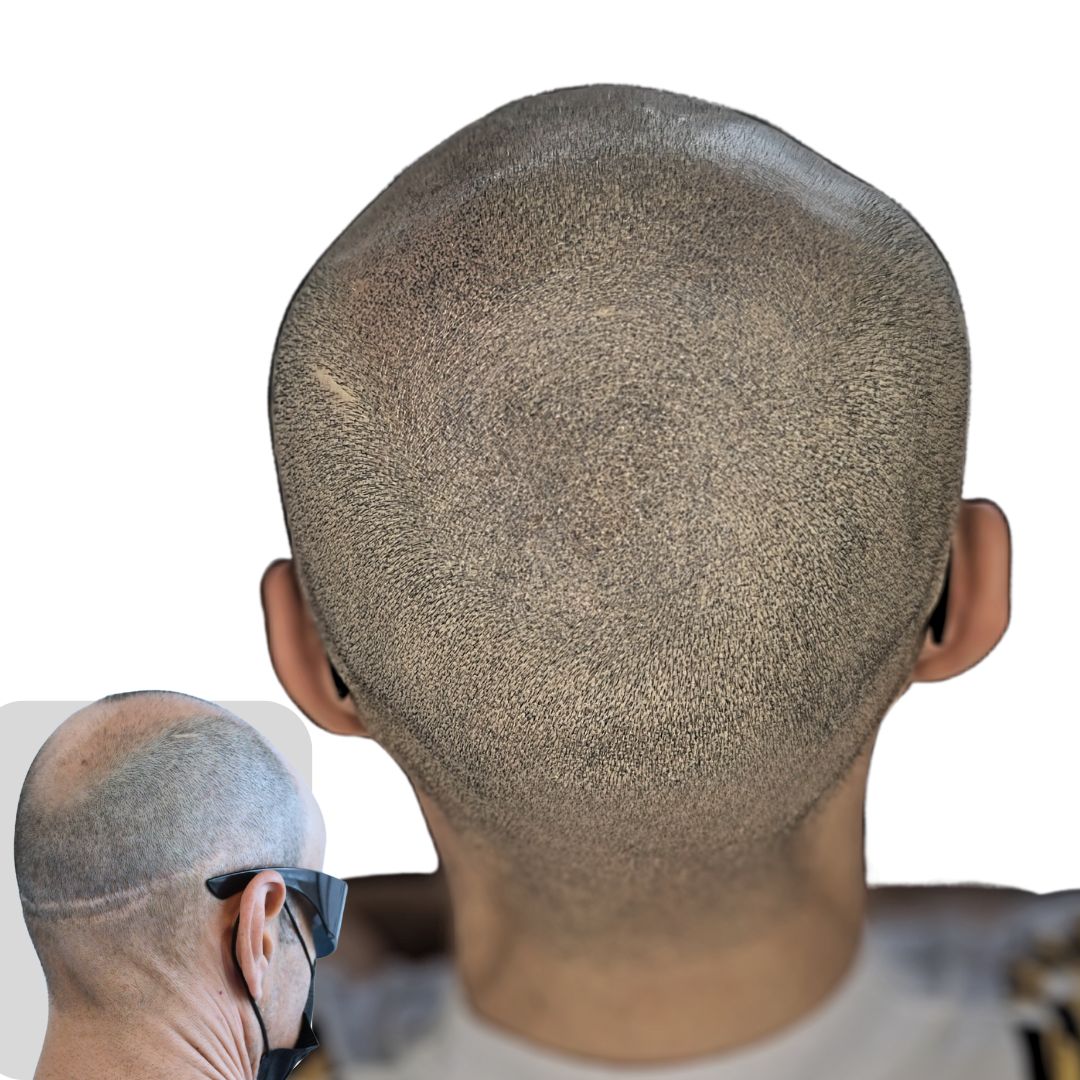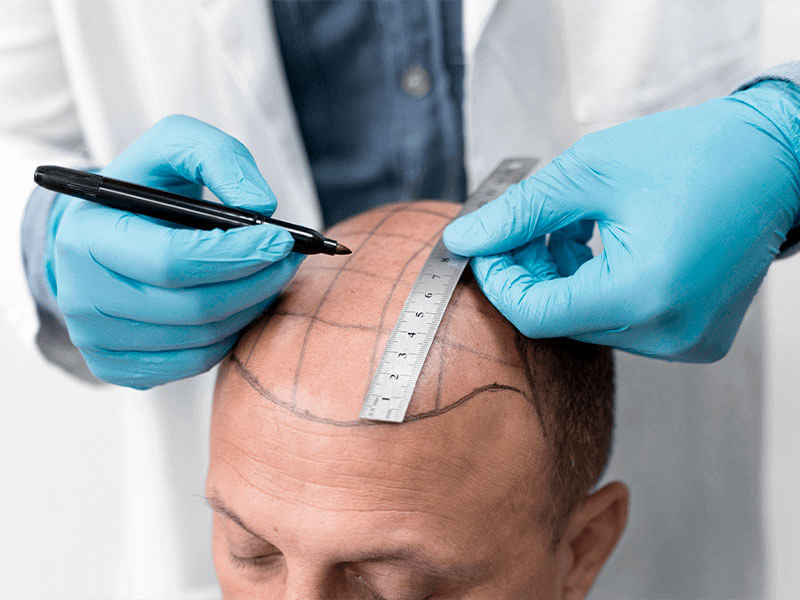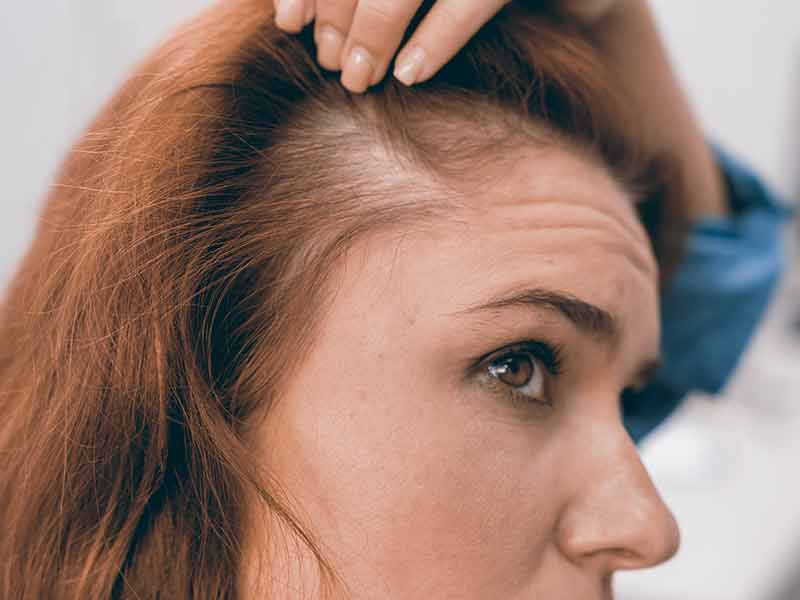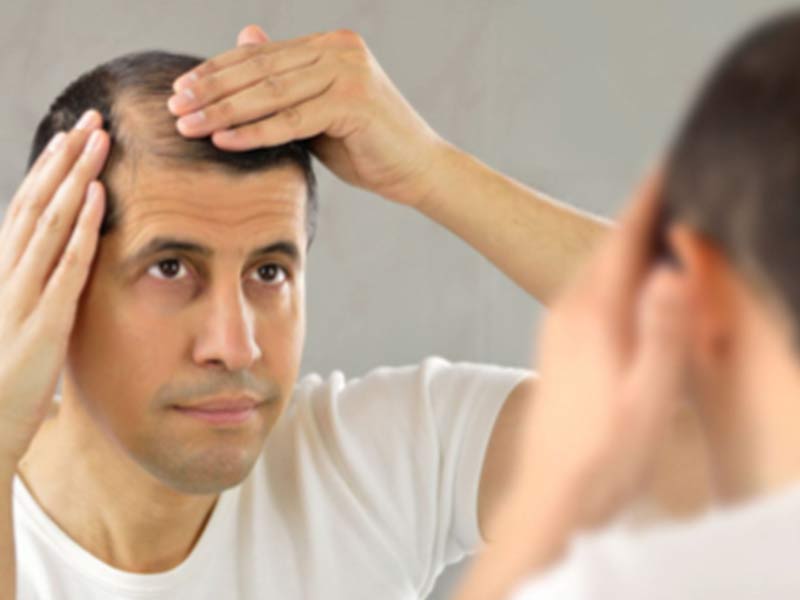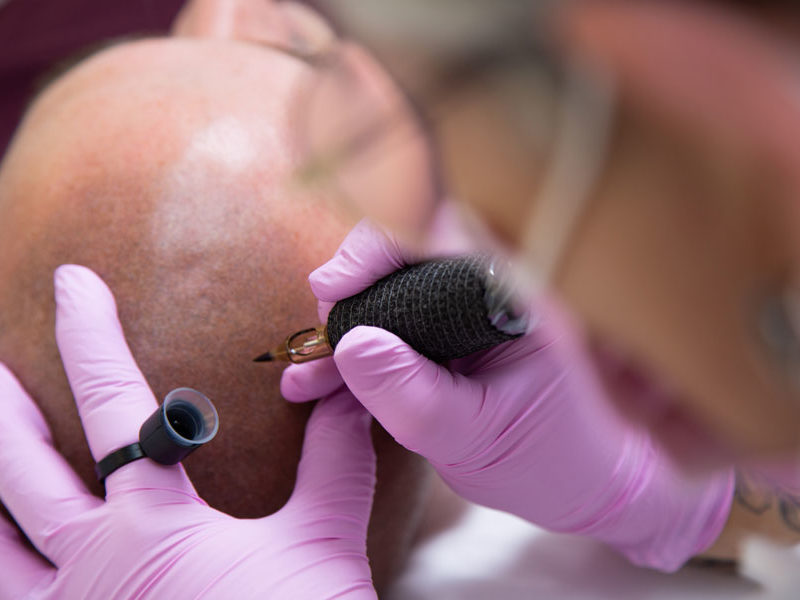




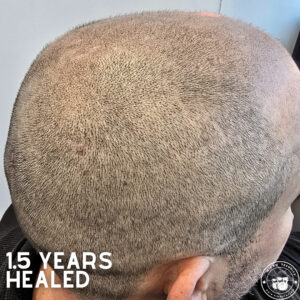 Scalp micropigmentation (SMP) is a life-changing solution for men experiencing hair loss, creating the look of a full-buzzed hairstyle with natural, long-lasting results. However, understanding the healing timeline is crucial for setting the right expectations. In this guide, I’ll walk you through the typical healing process with real examples, showing the transformation from before SMP to 1.5 years after the final session.
Scalp micropigmentation (SMP) is a life-changing solution for men experiencing hair loss, creating the look of a full-buzzed hairstyle with natural, long-lasting results. However, understanding the healing timeline is crucial for setting the right expectations. In this guide, I’ll walk you through the typical healing process with real examples, showing the transformation from before SMP to 1.5 years after the final session.
Understanding the SMP Healing Process
SMP is a multi-session procedure, with each session building on the previous one to achieve the perfect density and natural blending. I typically space sessions at least 10 days apart, but I prefer waiting a full month whenever possible. This gives the skin ample time to heal, ensuring optimal pigment retention and a flawless outcome.
Before SMP – The Starting Point
Before starting the SMP process, clients typically have visible hair loss, often affecting the crown, hairline, or entire top of the scalp. Some clients opt to shave their remaining hair completely to achieve a uniform look, while others want to blend SMP with existing short hair.
After Session 1 – Light Coverage & Initial Healing
- The scalp may appear slightly red for 24 to 48 hours after the session.
- Pigments initially look darker before they start settling into the skin.
- Some mild flaking or dryness may occur as the skin heals.
- The results appear lighter after a few days as the top layer of skin exfoliates.
After Session 2 – Building Density
- The second session enhances the density and refines the hairline.
- The healing process is similar to session one, with minor redness and flaking.
- The pigment now looks more even and natural as layers start blending together.
After Session 3 – Final Refinements
- This session completes the look, adding final details and touch-ups.
- The scalp is fully healed within 10 to 14 days, though waiting one month ensures maximum pigment retention.
- The results now appear darker and more natural, closely resembling natural hair follicles.
After 1.5 Years – Long-Term Healing & Maintenance
- By this stage, the pigment has softened slightly, looking even more natural.
- Most clients don’t need touch-ups until 2 to 4 years after the procedure.
- Proper scalp care, such as moisturizing and avoiding excessive sun exposure, helps maintain results.
Factors That Affect Healing & Results
- Skin Type: Oily or dry skin may impact how pigments settle.
- Aftercare Routine: Avoiding sweating, sun exposure, and excessive washing during the first few days is crucial.
- Natural Exfoliation: The skin naturally sheds, which is why multiple sessions are needed to achieve long-lasting density.
Final Thoughts
The healing process is just as important as the SMP procedure itself. By understanding what to expect after each session, you’ll be prepared for each stage of transformation. If you’re considering scalp micropigmentation, I’m here to guide you through every step to ensure you get the best results.
📅 Book a consultation today to discuss your hair restoration goals!

